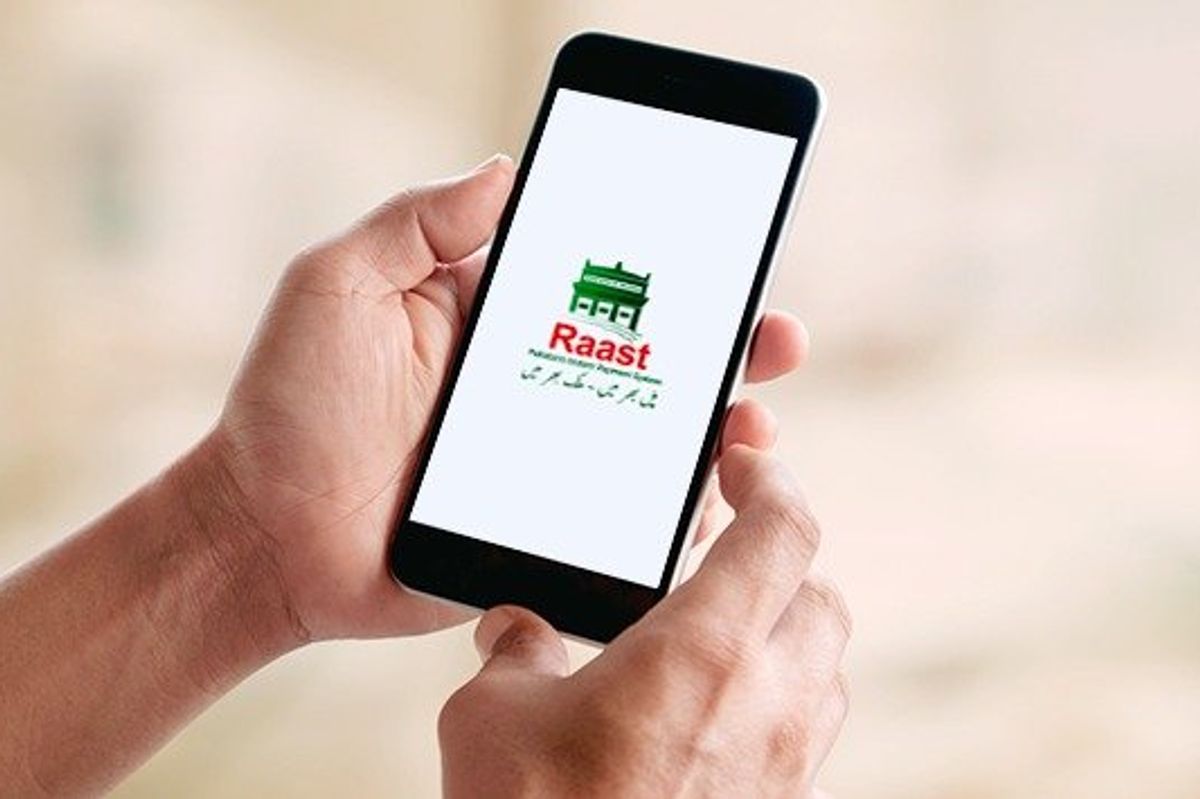Pakistan’s Raast leads digital payment surge with over 1B transactions in FY25
According to central banks data, over PKR 29.6 trillion were sent via Raast, the country’s flagship money transfer tool
Abdul Moiz

Payments through digital channels accounted for 88% of all retail transactions in FY25
SBP
Since its launch till June 2025, Raast has processed 1.9 billion transactions amounting to PKR 44.3 trillion
Payments through digital channels accounted for 88% of all retail transactions in FY25
Nearly one million transactions were processed daily through POS machines
Pakistan’s digital payment platform, Raast, led the push towards cashless payments in the fiscal year 2024-25, with over PKR 29.6 trillion changing accounts in over a billion transactions, according to the central bank’s report.
Raast, launched in 2022 as the flagship payment transfer platform, enables customers to link their cellular numbers with their bank accounts and e-wallets. This makes money transfers simpler, as the sender only needs to enter the receiver’s mobile number instead of the account number.
According to the State Bank of Pakistan’s Annual Report on Payment Systems, the volume of Raast person-to-person (P2P) transactions – money transfer between two individuals’ accounts – increased to 1.28 billion in FY25, up 157% from 496.1 million in FY24.
The value of these transactions increased to PKR 29.6 trillion in FY25, up by over 100% from PKR 11.6 trillion a year before.
Since its launch till June 2025, Raast has processed 1.9 billion transactions amounting to PKR 44.3 trillion, the report added.
The number of overall retail payments reached 9.1 billion worth PKR 612 trillion in FY25, an increase of 38% in terms of volume and 12% compared to last year.
According to the report, retail payments include financial transactions by individuals, businesses, or organizations for everyday purchases or personal transfers. The transactions are done via over-the-counter payments or through digital tools like banking apps, POS machines, and QR scanners.
The numbers reflect the “swift expansion of Pakistan’s payments landscape over the past fiscal year, catalyzed by regulatory initiatives, the expansion of digital infrastructure, and strong consumer adoption of mobile and internet-based platforms,” the report added.
Payments through digital channels accounted for 88% of all retail transactions, growing from 85% in FY24.
Mobile banking apps led with over 6.2 billion transactions, a 52% increase, while internet banking portals processed 297 million transactions, up 33%.
On average, nearly one million transactions were processed daily through point of sale or POS machines – 378 million transactions with a total value of PKR 2.1 trillion, a 37% increase in value.
During FY25, QR code-based transactions reached over 86 million, totaling PKR 234 billion in value.
Overall, EMIs processed 165 million payments via wallets amounting to PKR 471 billion during FY 25.
The report added that Electronic Money Institutions (EMIs) have continued to expand their footprint in Pakistan’s digital payments ecosystem by offering “innovative solutions tailored to the needs of diverse market segments”.
The use of e-money wallets and cards has increased among the youth, freelancers, merchants, and small businesses, the report added.
Payments through mobile apps stood at 6.2 billion with a value of PKR 97 trillion, while internet banking handled 0.3 billion transactions valued at PKR 39.2 trillion – a jump of 52% and 33% respectively.
Infrastructure growth
The report said the increase in the number and value of digital transactions was enabled due to the expansion of payment gateways and other infrastructure.
The number of POS terminals at retail outlets increased from 125,593 in FY24 to 195,849, a growth of 56%. The number of merchants using POS terminals increased from 98,936 to 159,284.
The sharp increase in POS-enabled merchants was driven by the deployment of soft POS machines. This is a technology that allows merchants to accept contactless card and mobile wallet payments directly on their smartphones or tablets, the report added.
The number of QR-enabled merchants also grew from 516,317 to 1.09 million, while the number of branchless banking agents increased from 666,682 to 731,814 by the end of FY25.
The branchless banking mobile app users rose from 58.7 million to 79.2 million, while mobile banking app users jumped from 18.7 million to 24.1 million. Meanwhile, e-money wallet users grew from 3.7 million to 5.8 million.










Comments
See what people are discussing